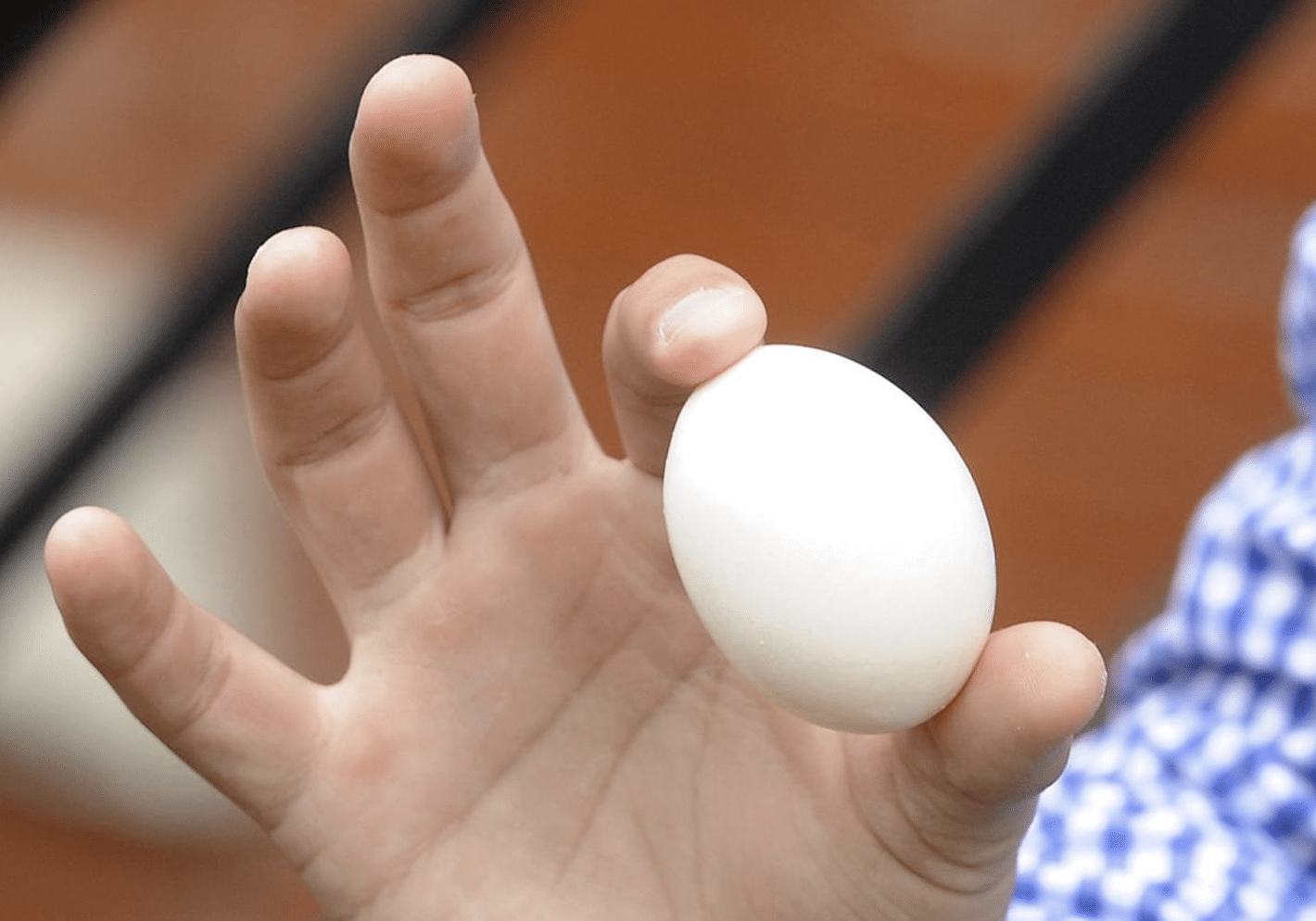First grade teacher Mrs. Lamb returned to Facebook Live today to debut a new segment! This time, she chose to highlight a subject that can sometimes feel difficult to teach, especially at home – math. Below, we’re sharing the three activities and games she shared that are sure to keep kids young and older engaged and learning throughout their stay-at-home school day and beyond.
Number Scroll:
The first activity Mrs. Lamb highlighted is a number scroll. You will need a piece of computer paper to use to create a chart (or you can download this PDF), a pen or pencil, crayons or colored pencils, and an empty toilet paper or paper towel roll (you’ll want to cut the power towel roll in half).
If you choose to create your own chart, you will want to make one with 10 rows across and 10 rows down. Then, ask your student to number each box within the chart with 1-100. For young students, this will offer plenty of a challenge; however, students who already know how to count beyond 100 will want to count even higher. The scroll happens when you attach more paper to your first sheet to start to create a scroll that can be rolled up and stored inside of the toilet paper roll when your student wants to move on.
They will Learn: Counting, numbers, number reversal, patterns, and even handwriting.
Enhance: Consider enhancing this activity by attaching more sheets, as we mentioned, and asking your student to add color for patterns they see appearing – even numbers, odd numbers, prime numbers, 5s, 10s, and more.
One More One Less:
In order to play this game, you will want to download this PDF. You will also need at least one dice, if not two. To be able to play repeatedly, you can also think about placing the sheet inside of a gallon sized clear bag because the bag will act as a white board.
How to Play: Roll the dice and write down the number rolled in the middle section of the row. Then, write a number that’s less than the number rolled on the left and a number that’s more than the number rolled on the right. Keep going until you reach the end of the sheet!
They will Learn: Counting, numbers, addition, and multiplication.
Enhance: For students who already know how to count to six, play this game using two dice. After they roll, your student can add or even multiply the number appearing on each dice together. Students can still write numbers that are less and more than on either side of the number in the middle column.
Doubles Aren’t Trouble:
Encourage your student to enjoy multiplication and addition when you play Doubles Aren’t Trouble. Similar to One More, One Less, you will need a PDF and one dice. You can also consider the DIY white board method mentioned above!
How to Play: Roll the dice, and multiply the number that appears by 2. Then find the number on the game board and circle it. The first person to have four in a row wins!
They will Learn: Numbers and multiplication.
Enhance: To encourage longer playtime, print out a sheet for each player planning to participate. In order to win the game, they must circle every number on their card rather than only getting four in a row.
How are you encouraging your student to embrace math while learning from home? Let us know which math activities they are enjoying on Facebook!






